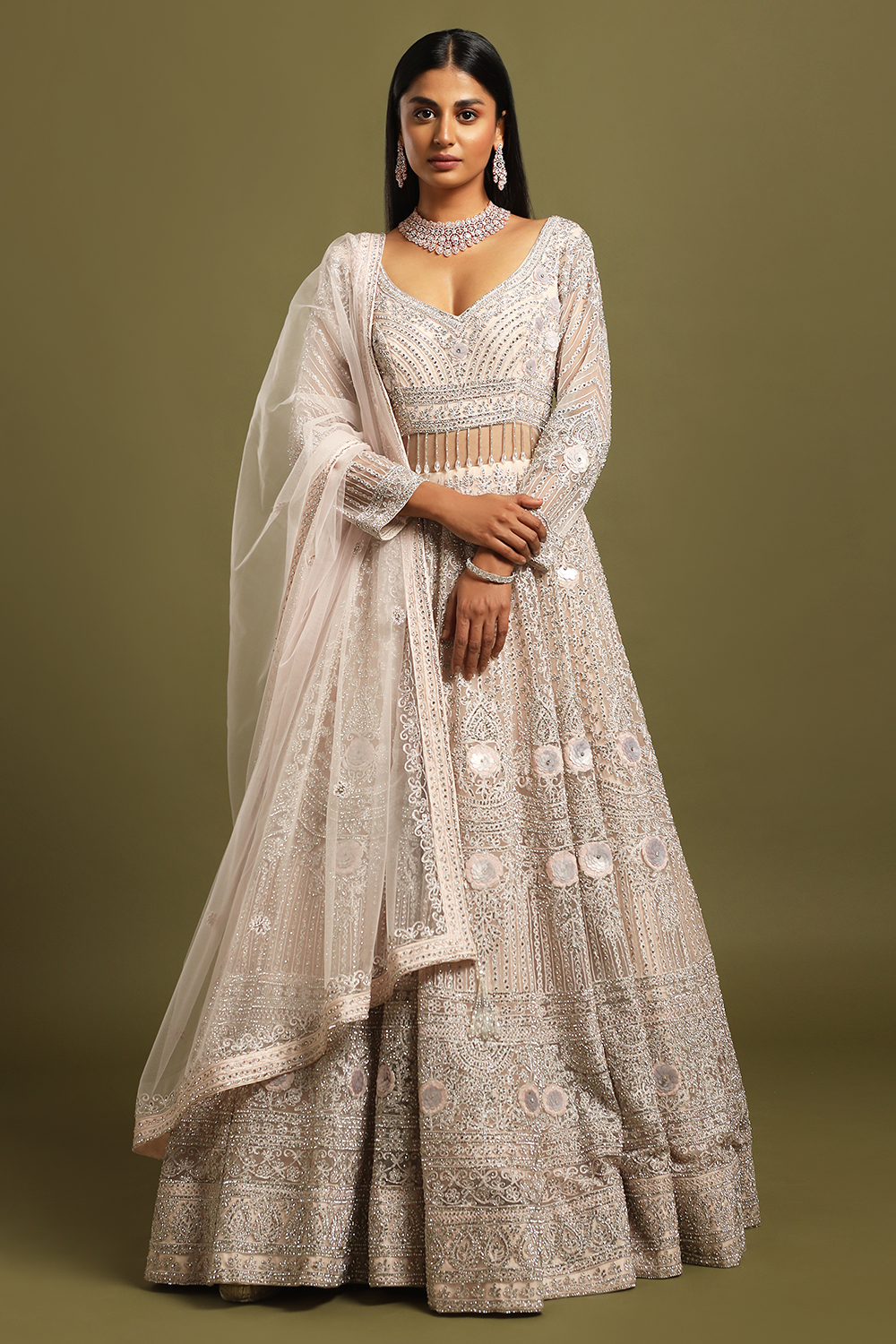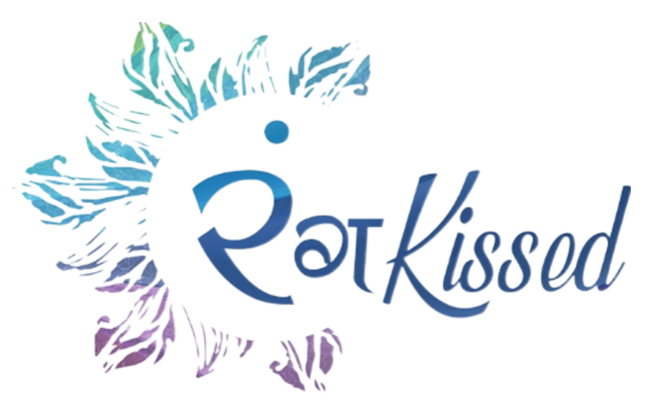
The lehnga is a traditional Indian outfit that consists of a long, flowing skirt and a fitted blouse. It is a popular choice for special occasions, such as weddings and festivals.
The lehnga originated in the state of Rajasthan, India. It is believed to have been worn by Rajput women as early as the 14th century. The lehnga was originally made from simple fabrics, such as cotton or silk. However, over time, it has become more elaborate, with intricate embroidery and embellishments.
The lehnga is typically made from a single piece of fabric that is wrapped around the body and pleated at the waist. The skirt is typically long and flowing, and it can be either fitted or flared. The blouse is typically fitted and long-sleeved, and it is often decorated with embroidery or lace.
Lehnga can be worn with a variety of accessories, such as a dupatta (scarf), jhumkas (earrings), and bangles. It is also common to wear a bindi (dot) on the forehead.
The lehnga is a versatile outfit that can be dressed up or down. It can be worn for formal occasions, such as weddings and festivals. It can also be worn for more casual occasions, such as parties and dinners.
Different Types of Lehnga
There are many different types of lehnga, each with its own unique style. Some of the most popular types of lehnga include:
- Anarkali lehnga: The anarkali lehnga is a long, fitted lehnga that is typically worn for formal occasions. It is characterized by its fitted bodice and its long, flowing skirt.
- Chaniya choli: The chaniya choli is a lehnga that is typically worn for weddings and festivals. It is characterized by its bright colors and its intricate embroidery.
- Ghaghra choli: The ghagra choli is a lehnga that is typically worn for casual occasions. It is characterized by its loose-fitting skirt and its short, fitted blouse.
- Paithani lehnga: The paithani lehnga is a lehnga that is typically made from paithani silk. Paithani silk is a type of silk that is known for its intricate patterns and its vibrant colors.
